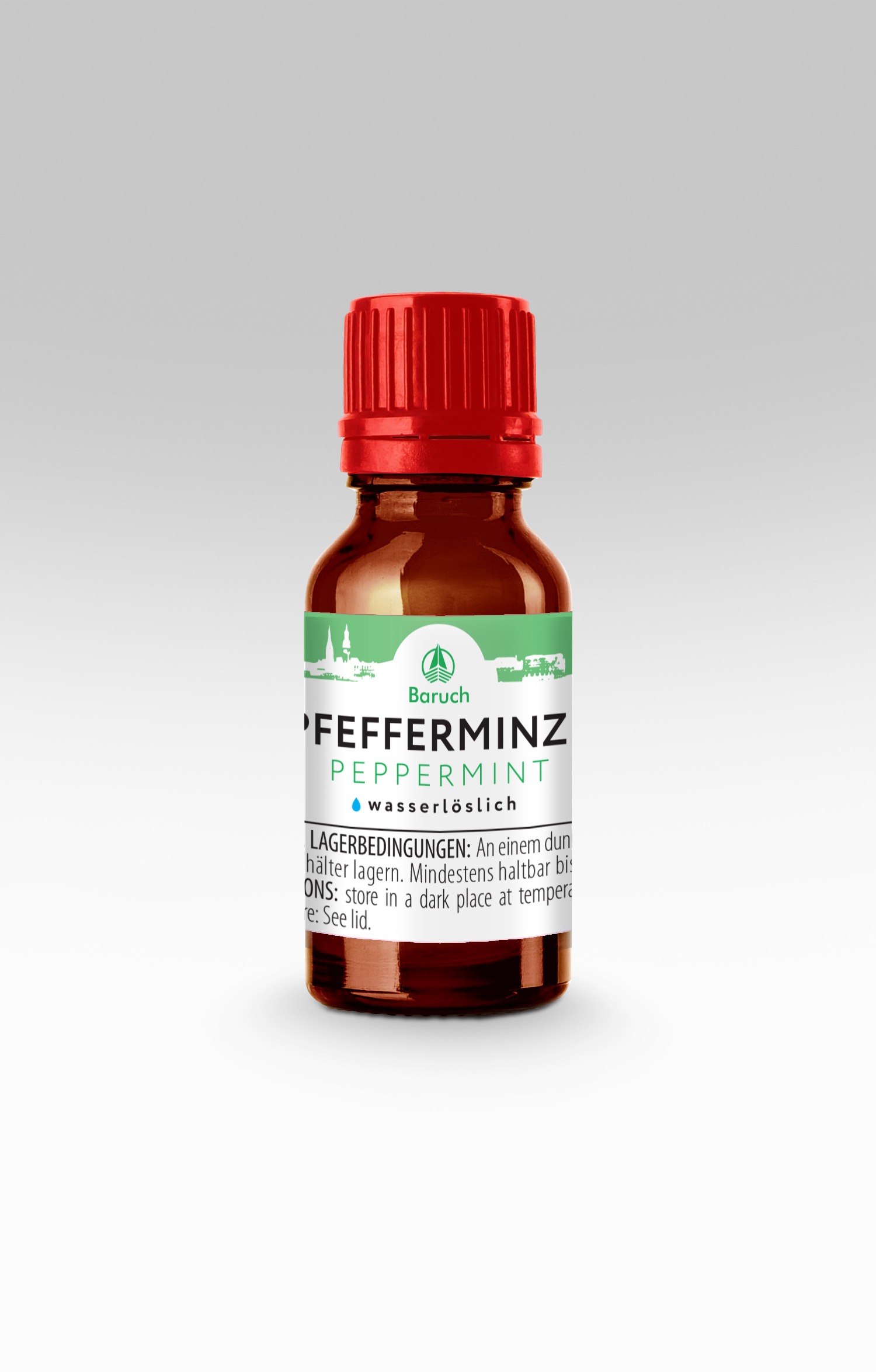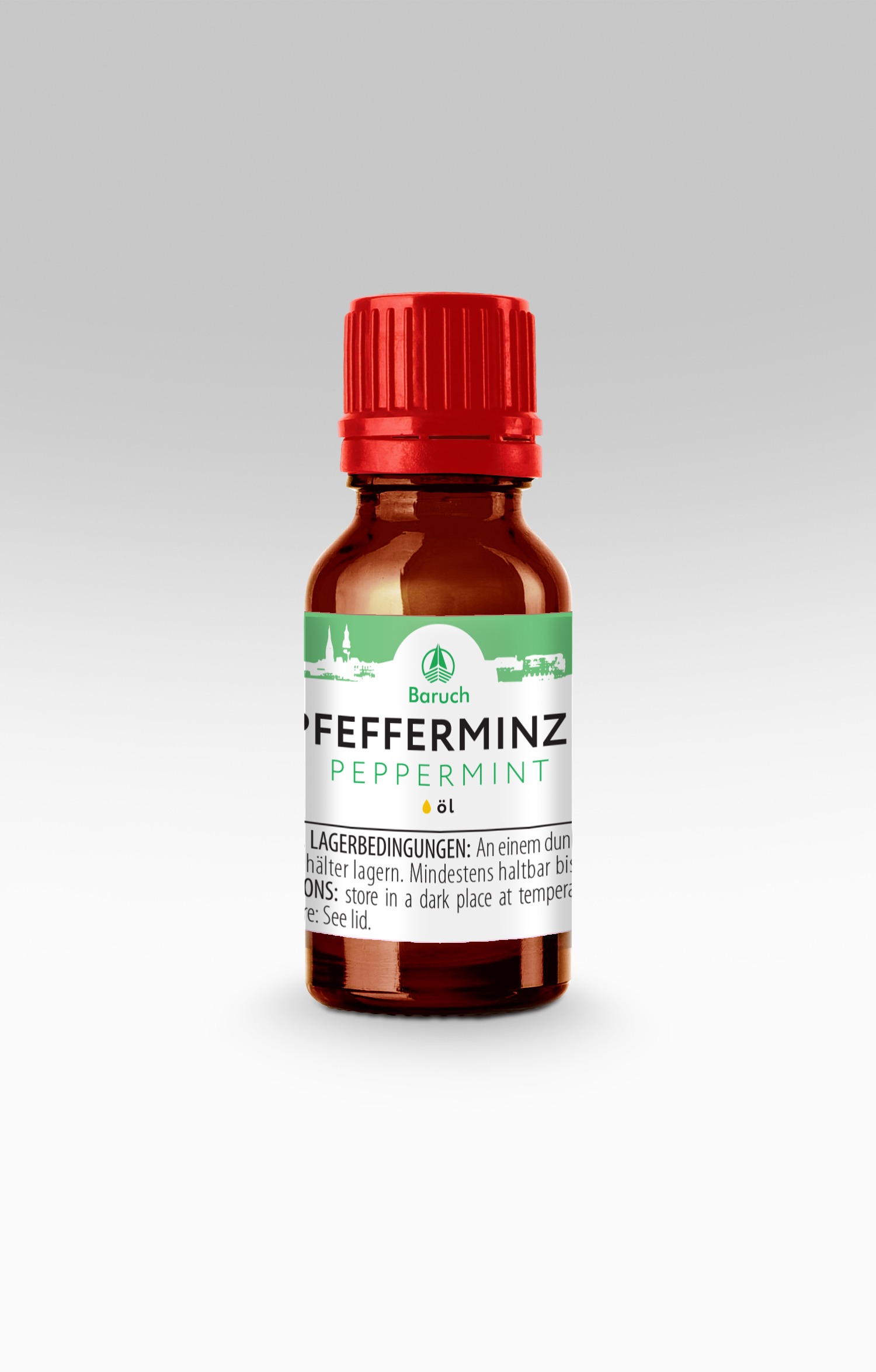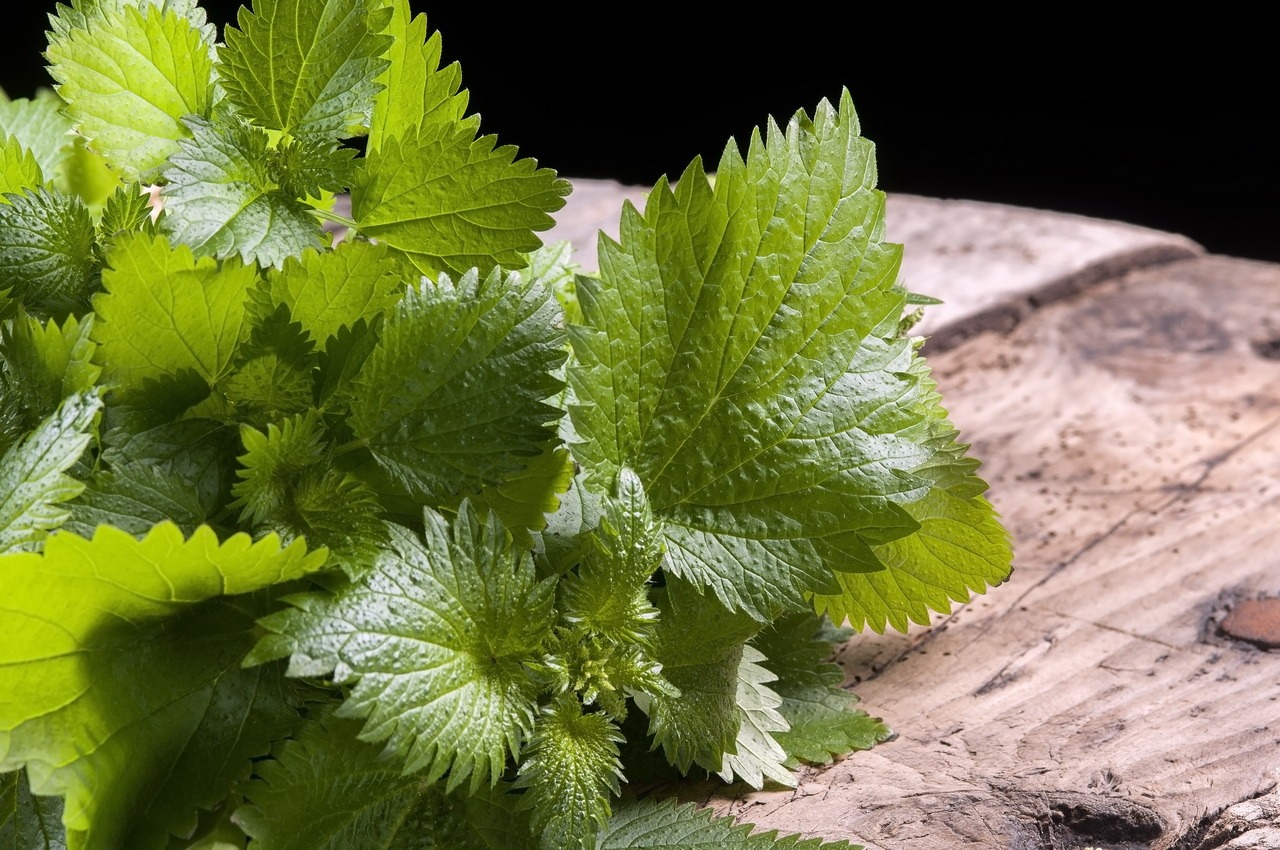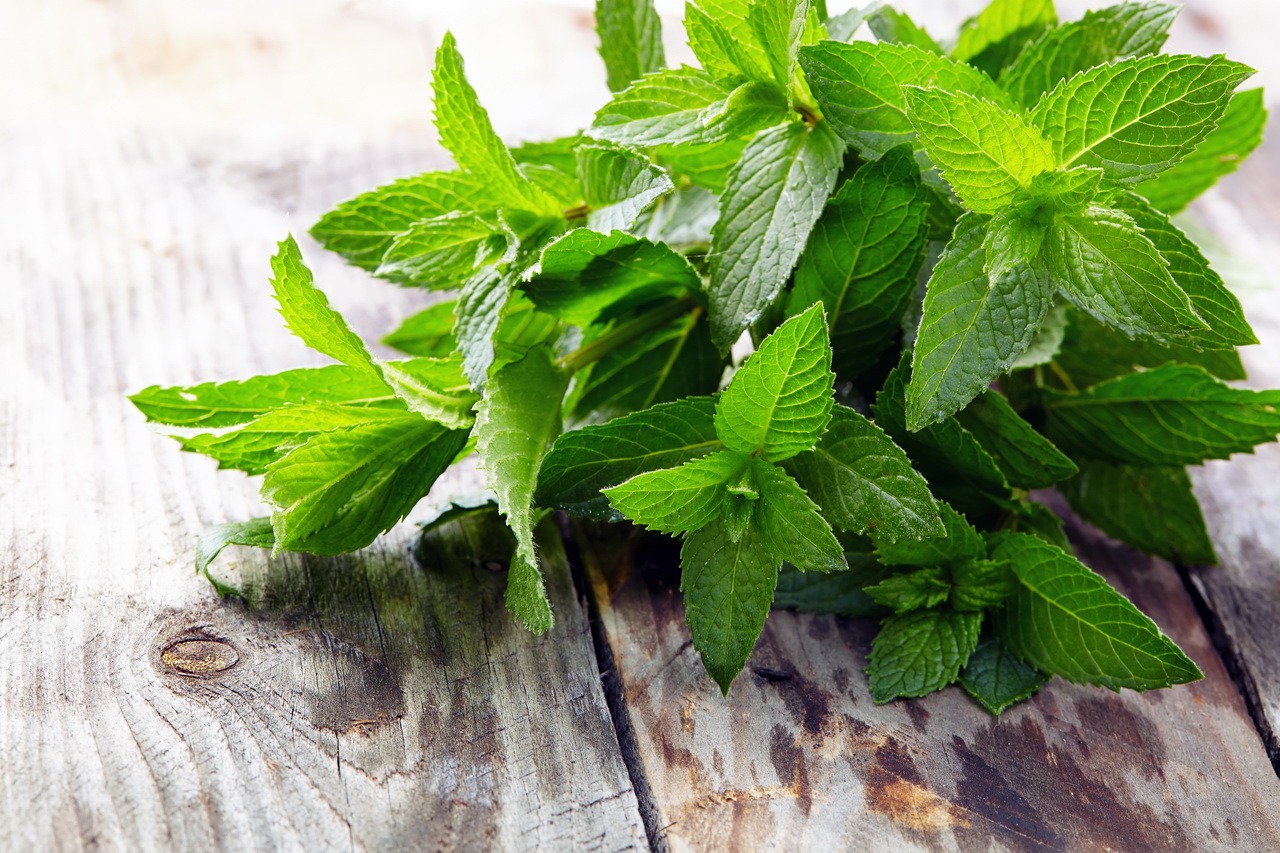Peppermint does not occur in the wild and is thought to be a hybrid of spearmint and brookmint. The basis of the flavor and pharmaceutical properties of peppermint are the secondary alcohol menthol and its ketone menthone.
Peppermint is included in the Pharmacopoeia of the Russian Federation, European countries, the USA and Canada. As a substance, peppermint essential oil is used in remedies for treating the respiratory tract, in sedatives, antispasmodic drugs, to relieve neurotic conditions, increase appetite, and products for external use.
Peppermint, both fresh and processed, is very widely used in the manufacture of various food products – both for flavoring and to impart the appropriate taste. Peppermint is most commonly used in the manufacture of soft drinks, liqueurs, and candy fillings. Peppermint is an essential ingredient in a number of sauces. Mint flavors green and black tea.
Concentrated 100% CO2 Peppermint Extract is an oily, brownish-yellow, viscous liquid with a pungent, sweetish taste and a very strong menthol aroma with floral and herbal notes. The aroma of 100% CO2 Peppermint Extract differs from that of its essential oil and has a richer palette reminiscent of the smell of fresh mint leaves but much stronger.


Chart 1. Main components of peppermint CO2 extract
| NAME | CONTENT IN% OF THE AMOUNT OF VOLATILE COMPONENTS | EFFECT |
|---|---|---|
| Karvon | 25 | Nervous system stimulant, anthelmintic. |
| Menton | 21 | Analgesic, anti-inflammatory. |
| Menthol | 20 | Antiseptic, anesthetic, local irritant. Use in eczema, contact dermatitis, conjunctivitis.1,8-Ceneol / 4 / Antiseptic, expectorant. |
| Isomentone | 2,9 | Analgesic, anti-inflammatory. |
| β-Caryophyllene | 2,5 | Used in perfume compositions, in fragrances for soaps and cosmetics. |
| Menthyl acetate | 2,5 | Natural flavor, especially for toothpastes. |
| Neo-Menthol | 1,1 | Anesthetic, anti-inflammatory, antispasmodic. |
| Piperitone | 0,4 | Component of perfumery compositions, food aroma. |
| Palmitic acid | 0,2 | Unsaturated fatty acid for hydrophobing in cosmetics. |
In total, more than 30 compounds with biological activity have been identified in peppermint CO2 extract.
In cosmetics, CO2 peppermint extract is used as:
- Emollient additive in care products for dry skin
- cleansing and pore-refining supplement for oily skin
- Additive for healing and disinfecting small wounds on the lips, fight against herpes
- Anti-inflammatory and soothing supplement to combat rashes, acne, eczema
- for flavoring and deodorizing in oral care products and as an anti-inflammatory additive in such products
- Concentrated 100% CO2 Peppermint Extract can be used for subcutaneous parasite fighting applications
Peppermint CO2 extract can be used in a concentrated form, in the form of oil solutions, as well as in the form of microemulsions that form optically transparent pseudo-solutions in water and water-alcohol solutions.
Chart 2. Application amounts, recommendations for use and storage of peppermint CO2 extract
| Food usage rates | Item A100: 0.002% (20 g per ton) Water-soluble microemulsions EMA1: 0.1% (1 l per 1000 l or 1 ml per liter) |
| Application rates in cosmetics | Item А10: 1-3% Item А100: 0.1-0.3% |
| Recommendations for use | It is recommended to add CO2 extracts in the final stages of preparation, in the cooling phase of the end product. |
| Storage Instructions | It is recommended to store CO2 extracts in a closed container in a cool room and avoid direct sunlight. |
Historical reference

Mint as a medicinal plant has been known since human history, and its name derives from the Latin word “ment”, which means “thought” – it was believed that the smell of this plant has a beneficial effect on the brain, and the famous Roman historian Pliny the elder even wore a wreath of mint on his head and advised his students to do the same. In our time, this belief has not been confirmed, but other medicinal properties of mint have been well studied and found their scientific justification.
